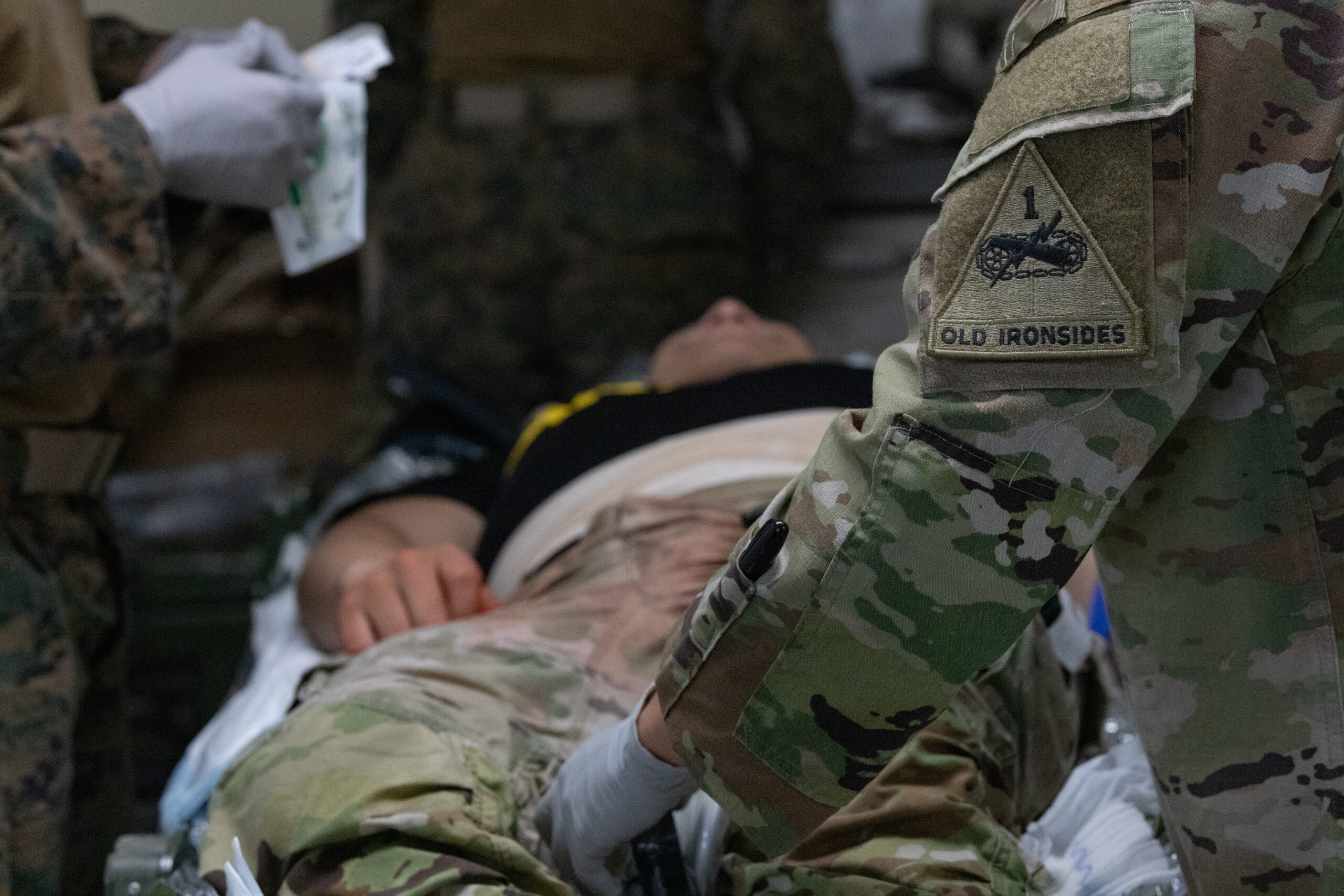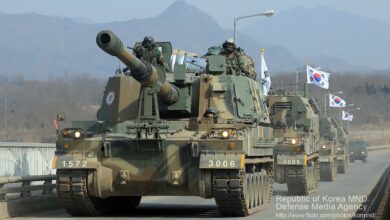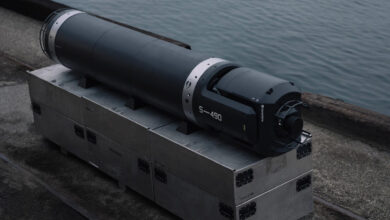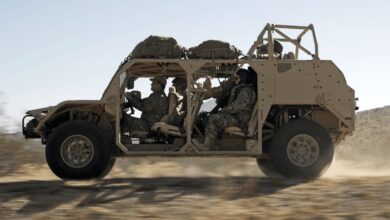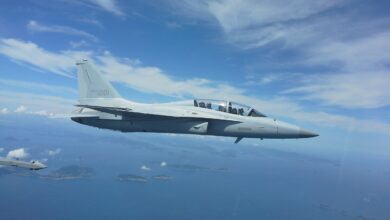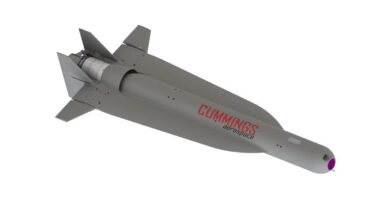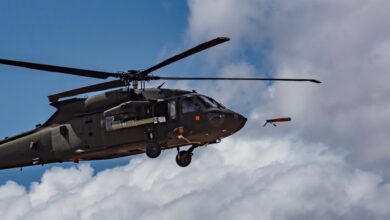US Army, Navy Medics Facilitate Cross-Training in South Korea
The US Army and Navy have conducted cross-training in South Korea to upskill medical teams for future combat scenarios.
Simulations involved a tactical vehicle triggering a landmine to cause fire and multiple injuries while in an active standoff situation against “enemies.”
Soldiers returned fire to secure the perimeter as the medics moved affected personnel to safety for immediate care.
For the injuries, the army and navy health experts completed blood sweeps and related patient examination, localization of wounds, and monitoring of respiratory and circulatory conditions while administering care.
Tasks included intravenous catheter insertion, tourniquet applications, chest tube placements, documentation, and retrieving of tools with clear and professional communication.
The specialists then coordinated with a medevac team for the patients’ aerial transport.
”This was an excellent opportunity for our different branches to come together, learn from one another, and advance our medical expertise,” Navy Lt. Cmdr. Meghann Wilson said.
“We gained valuable insights from our Army counterparts and look forward to continuing our joint practice and working seamlessly as a unified force.”
Evaluations, Feedback Provided
The US Indo-Pacific Command noted that participants of the training involved members of the US Army 4th Battalion, 70th Armor Regiment, 1st Armored Brigade Combat Team, 1st Armored Division, and the US Navy 3rd Medical Battalion, 3rd Marine Logistics Group.
The squad’s performance was assessed in partnership with primary care physicians, emergency room doctors, and other assistants.
Throughout the training, the trainees gained feedback to further enhance their capabilities.
“We thoroughly reviewed all treatments administered by the line medics,” Army Combat Medic Spc. Joshua McAlister stated.
“We rechecked every intervention, continued any incomplete procedures or medications and ensured all documentation was current, providing the patient with the best possible care.”

